Creating a pollinator-friendly garden benefits the environment and adds beauty and vibrancy to any landscape. Trees that attract bees, butterflies, and other pollinators are essential for maintaining a healthy ecosystem. Consider adding these five must-have trees to enhance your garden with pollinator-friendly trees. Each offers unique characteristics that make it ideal for high-end gardens.
1. Corymbia maculata (Spotted Gum)
Corymbia maculata, commonly known as the Spotted Gum, is a stunning tree known for its mottled bark and upright growth. This tree is a favorite among landscapers and garden enthusiasts for its tall, slender profile and distinctive appearance. Its blossoms attract various pollinators, making it an excellent choice for a garden aiming to support local wildlife.
Key Facts:
- Mature Height: 25-45 meters
- Mature Width: 5-15 meters
- Best Uses: Feature tree, shade tree, and windbreak
- Leaf Appearance: Glossy, dark green leaves that are narrow and lance-shaped
- Rate of Growth: Moderate to fast
- Tolerates: Drought and a range of soil types
Why It's Perfect to Add to Your Garden
The Corymbia maculata is perfect for adding vertical interest to your garden. Its striking bark provides visual appeal year-round, and its flowers attract bees and butterflies, ensuring that your garden buzzes with life. Ideal as a feature tree, the Spotted Gum requires little maintenance once established, making it a practical yet luxurious addition to any garden.
2. Eucalyptus sideroxylon (Pink Ironbark)
The Eucalyptus sideroxylon, or Pink Ironbark, is renowned for its deeply furrowed, dark bark and vibrant red or pink flowers. This tree is a magnet for bees and other pollinators, offering a burst of color in the garden while providing essential nectar.
Key Facts:
- Mature Height: 10-20 meters
- Mature Width: 5-10 meters
- Best Uses: Feature tree, screening tree, and wildlife habitat
- Leaf Appearance: Narrow, bluish-green leaves that create a striking contrast with the tree’s dark bark
- Rate of Growth: Slow to moderate
- Tolerates: Drought and frost
Why It's Perfect to Add to Your Garden
Adding Eucalyptus sideroxylon to your garden enhances its aesthetic appeal with unique bark and colorful blooms and supports local wildlife. Its flowers are a favorite among bees, helping to boost pollination. With its slow to moderate growth rate, the Red Ironbark is suitable for gardens where a steady growth pattern is desired, providing shade and a focal point without overwhelming the space.
3. Banksia integrifolia (Coast Banksia)
Banksia integrifolia, or Coast Banksia, is an evergreen tree with distinctive cylindrical flower spikes and serrated leaves. It is highly attractive to bees, birds, and other pollinators, making it a valuable addition to any garden that fosters biodiversity.
Key Facts:
- Mature Height: 5-15 meters
- Mature Width: 4-8 meters
- Best Uses: Coastal gardens, feature trees, and bird-attracting tree
- Leaf Appearance: Dark green leaves with a silvery underside, giving a unique shimmering effect in the wind
- Rate of Growth: Moderate
- Tolerates: Coastal conditions, salt spray, and drought
Why It's Perfect to Add to Your Garden
The Banksia integrifolia is ideal for gardens in coastal regions or for those looking to create a garden that supports a wide range of pollinators. Its flowers bloom from late summer to winter, providing a vital nectar source during cooler months. With its moderate growth rate and resilience to harsh conditions, the Coast Banksia is both a practical and beautiful choice for creating a garden sanctuary.
4. Callistemon viminalis (Weeping Bottlebrush)
The Callistemon viminalis, commonly known as the Weeping Bottlebrush, is celebrated for its cascading branches and bright red, bottlebrush-shaped flowers. This tree stands out in any garden and is particularly effective at attracting bees and butterflies.
Key Facts:
- Mature Height: 4-10 meters
- Mature Width: 3-6 meters
- Best Uses: Feature tree, screening tree, and bird-attracting tree
- Leaf Appearance: Narrow, lance-shaped leaves that are bright green, complementing the red flowers beautifully
- Rate of Growth: Fast
- Tolerates: Drought and mild frost
Why It's Perfect to Add to Your Garden
Callistemon viminalis, with its striking red flowers and weeping form, brings a vibrant touch to any garden. It’s perfect for creating a focal point or providing privacy as a screening tree. The fast growth rate ensures quick establishment, and the tree’s flowers are highly attractive to bees and butterflies, making your garden a hub of activity.
5. Melaleuca quinquenervia (Paperbark Tree)
Melaleuca quinquenervia, also known as the Paperbark Tree, is an iconic Australian tree known for its papery bark and creamy white flowers. This tree is a favorite among gardeners looking to attract pollinators, as its blossoms are rich in nectar.
Key Facts:
- Mature Height: 8-15 meters
- Mature Width: 5-10 meters
- Best Uses: Wetland gardens, feature trees, and windbreak
- Leaf Appearance: Dull green, lance-shaped leaves that are aromatic when crushed
- Rate of Growth: Moderate
- Tolerates: Waterlogging and a range of soil types
Why It's Perfect to Add to Your Garden
The Melaleuca quinquenervia is perfect for gardens needing a versatile tree that can tolerate wetter conditions. Its papery bark adds a unique texture to the garden, and its flowers are a magnet for bees, supporting pollination throughout the blooming season. Whether used as a feature tree or in wetter areas of the garden, the Paperbark Tree is a resilient and beautiful addition.
Conclusion
Incorporating trees like Corymbia maculata, Eucalyptus sideroxylon, Banksia integrifolia, Callistemon viminalis, and Melaleuca quinquenervia into your garden is a sophisticated way to enhance its beauty while supporting pollinators. These trees offer a range of benefits, from stunning flowers that attract bees and butterflies to robust growth that requires minimal maintenance. These trees are invaluable additions to a high-end garden that balances luxury with ecological responsibility.
FAQs
Q: Why are these trees particularly good for pollinators?
A: These trees produce flowers rich in nectar and pollen, attracting bees, butterflies, and other pollinators essential for a healthy ecosystem.
Q: Can these trees be grown in a coastal garden?
A: Yes, particularly the Banksia integrifolia and Callistemon viminalis, which are well-suited to coastal conditions.
Q: How much maintenance do these trees require?
A: Once established, most of these trees are low-maintenance and require minimal pruning and care, making them ideal for those who prefer a low-effort garden.












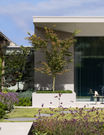

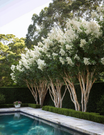





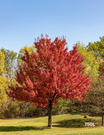


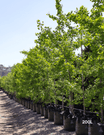












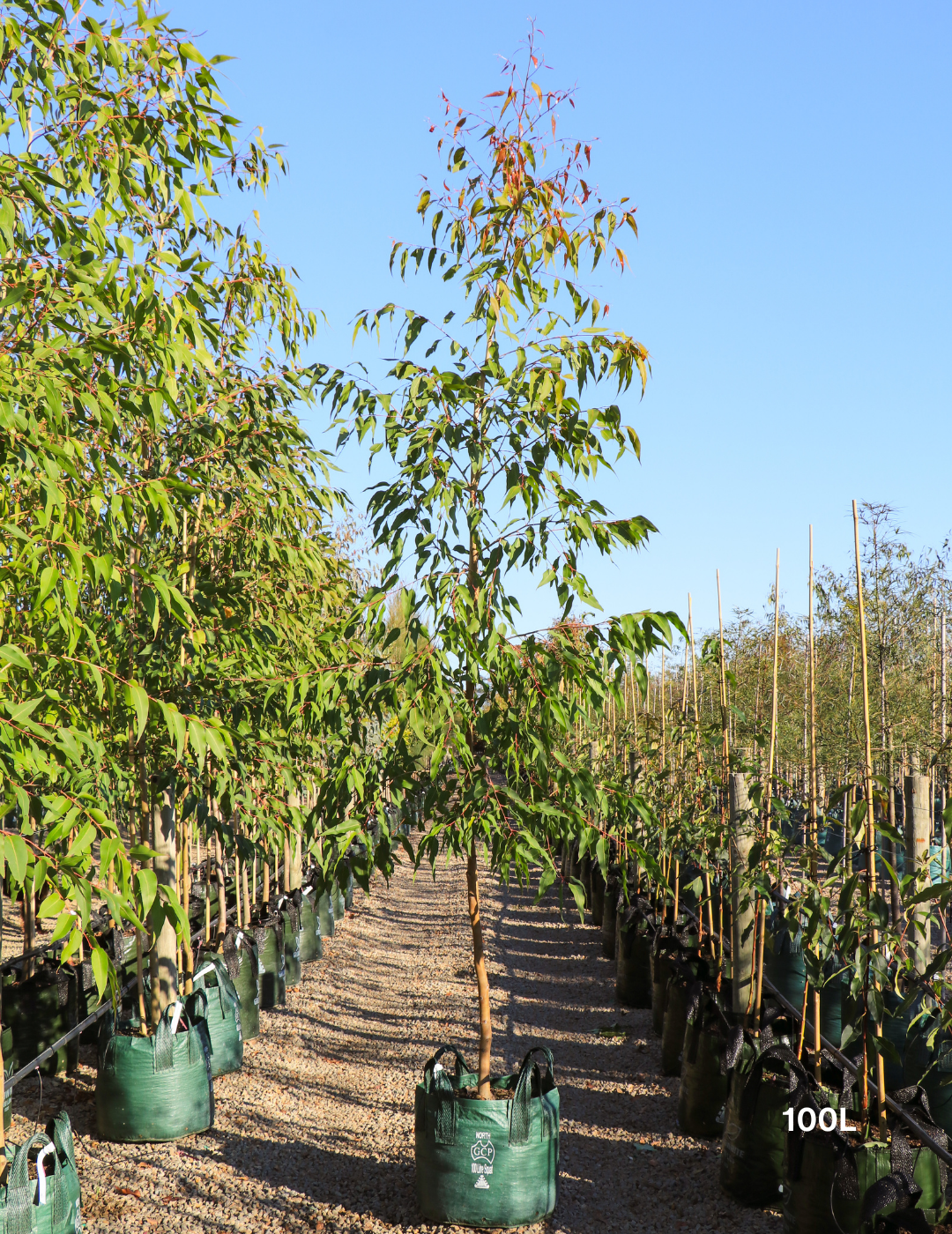
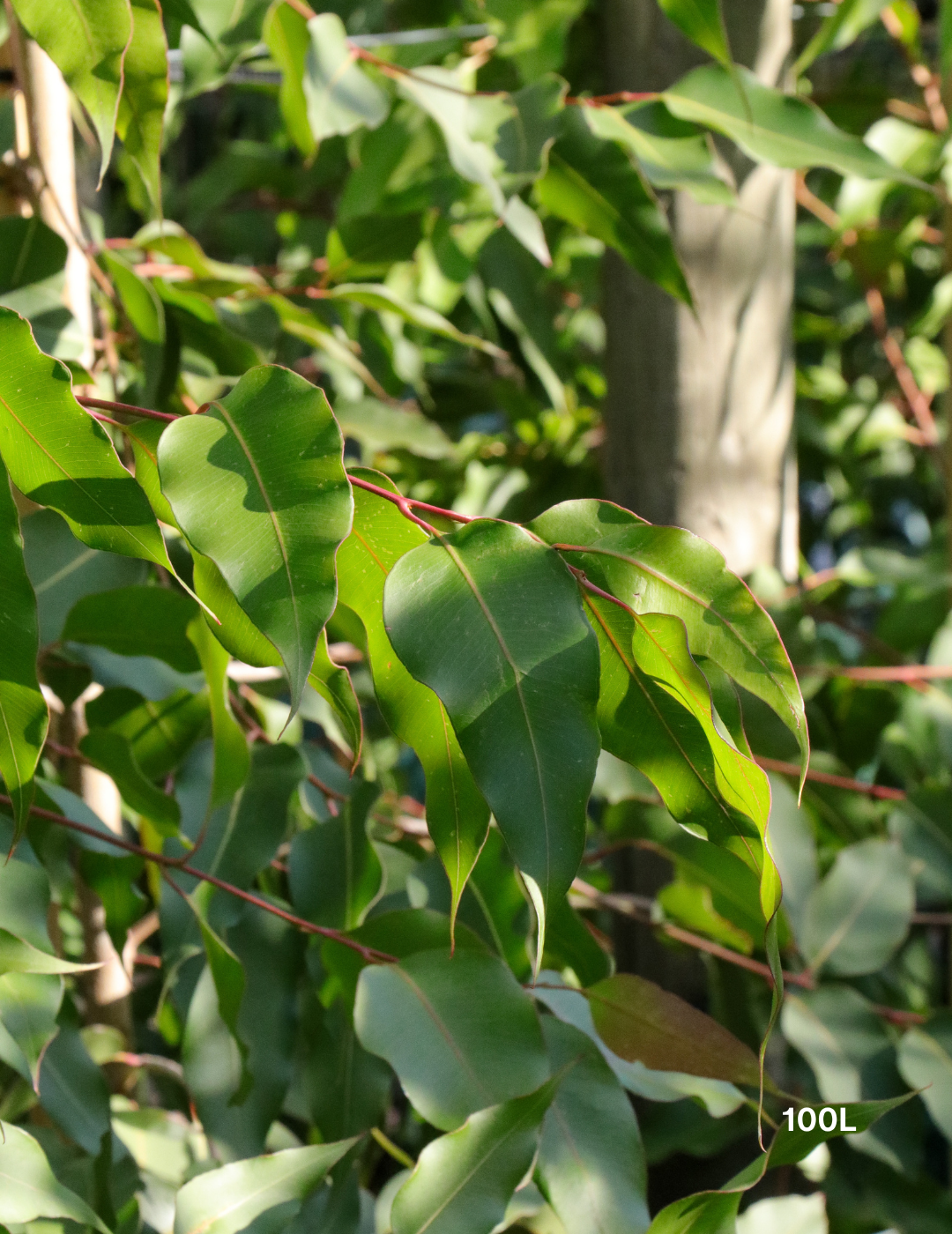





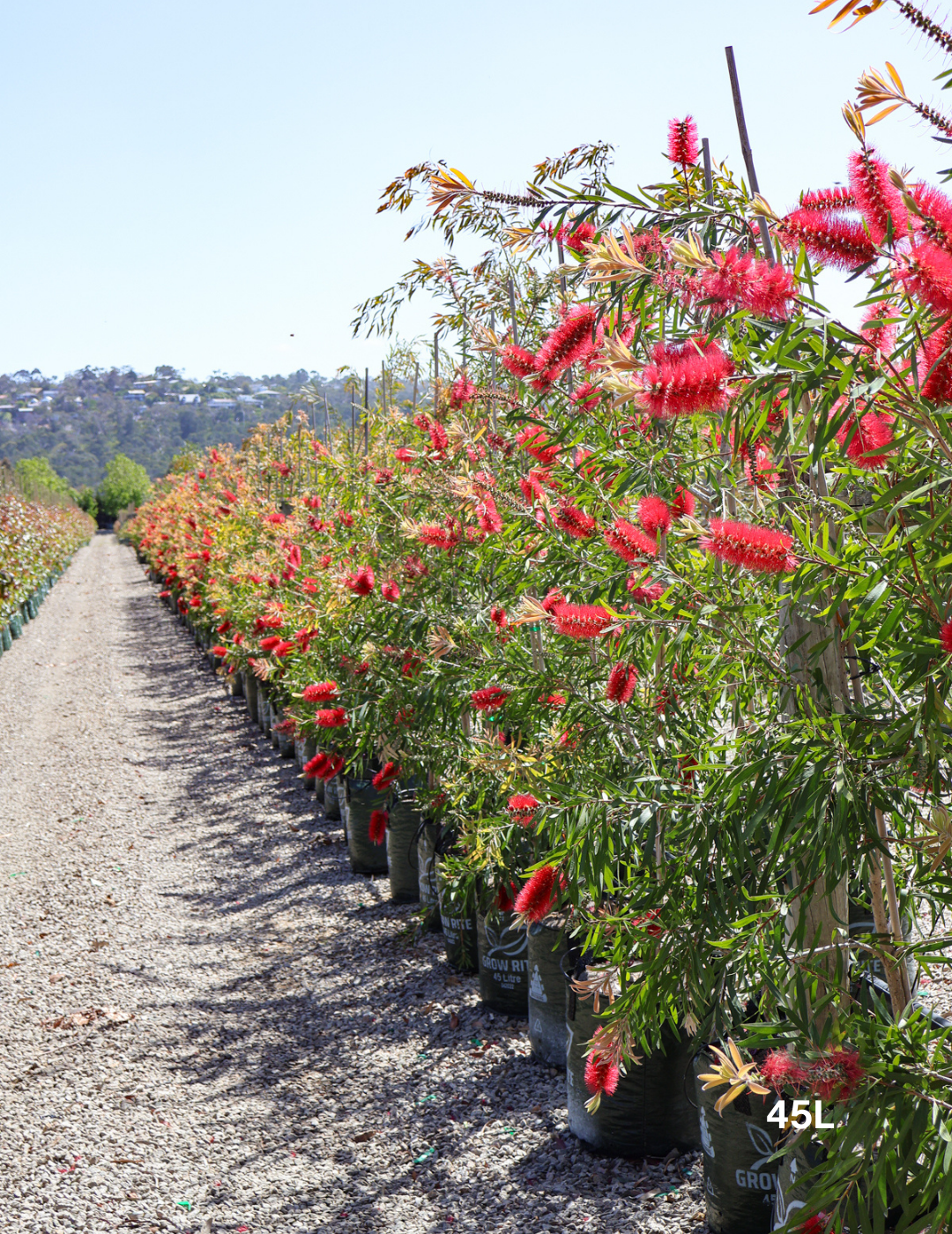


Leave a comment
This site is protected by hCaptcha and the hCaptcha Privacy Policy and Terms of Service apply.